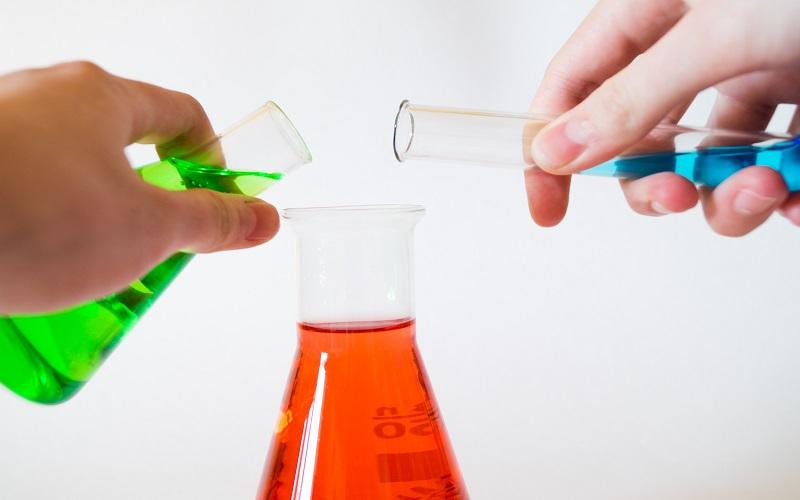Everyone has a sweet tooth, even our cells. While we often think of sugar as the part of our diet that gives us energy, sugar is also very important in directing the activities of our cells. Sugar molecules can be modified and added to proteins on the outside of the cell to help the cell perform certain tasks. The process of making these complex sugar molecules that coat cell surfaces is called glycosylation.
“Glycosylation is like the clothes that cells wear. Everyone’s clothes have different functions. This is what glycation does to cells,” explains Dr. Anand Mehta. He is Senior Associate Dean, Professor of Proteomic Biomarkers, and Professor of Cellular and Molecular Pharmacology at MUSC.
Mehta’s lab has developed a new method to study the glycans that coat the surface of immune cells. Their findings, published in the June 2023 issue of the journal Analytical Chemistry, show that different types of immune cells can be isolated from cell mixtures and analyzed to determine the glycosylation of each cell type.
“These sugars play an important role in everything that happens in the cell,” Mehta said. “In most cases, we have really poor methods for analyzing these sugars. We developed a method to measure changes in these sugars.”
The method developed by Mehta and his team focuses on capturing T cells, a type of immune cell that helps protect the body from infection and disease, including cancer. Some T cells help activate other immune cells and trigger an inflammatory response, while others can directly kill infected or cancerous cells. Previously, there was no method to efficiently isolate and analyze the glycosylation of these diverse cell populations. With their method, Mehta and his team were able to quickly isolate these cell subtypes and determine how their sugar patterns differ in healthy and diseased patients. These differences may be important for our understanding of how the body fights cancer.
“Glycans can be used as biomarkers to understand how the immune system responds to specific diseases,” explains James Dressman, a doctoral candidate in Mehta’s lab who participated in the study.
Altered glycosylation is a hallmark of cancer but has not been well characterized. Patients with blood cancers may exhibit altered T cell glycosylation patterns. In addition, immune cell glycans can indicate whether these cells are active or quiescent.
Since sugar coatings on immune cells can alter their ability to kill diseased cells, increasing our understanding of immune cell glycation is extremely important. Immunotherapy involves modifying immune cells to make them more effective at killing cancer cells. So, if scientists understand which sugars make T cells best at killing specific types of cancer cells, they could design more effective immunotherapies.
To perform the T cell glycan analysis, the researchers added mixtures of immune cells to special microscope slides that contained distinct areas to which specific types of T cells adhered. The sugars on the outside of these T cells were then measured using a mass spectrometer, a sophisticated machine that can determine the mass and composition of small molecules.
An advantage of this method is its ability to isolate distinct cell populations from complex samples containing multiple cell types.
“It’s really exciting,” Dressman said, “and it opens up new avenues for different questions that we can delve into.”
“We can see where no one could see before,” Mehta said.
The first avenue that Dressman and Mehta plan to investigate is how glycation changes in immune cells in patients with blood cancers. To do so, they will apply the new technique to immune cells in blood samples from blood cancer patients and healthy people. The team hopes to identify blood biomarkers that could aid in early cancer detection. Additionally, they plan to optimize their technique to capture and study other types of immune cells.
Mehta and his team hope that one day this technology will be used in clinical diagnostic and prognostic tests. They anticipate that their technique will help develop more effective immunotherapy cancer treatments, predict treatment outcomes, and characterize immune responses to different drugs or vaccines. Mehta hopes that others will see their publication and apply this technique to their research.
“Science is all about learning from each other and improving incrementally for the benefit of all,” he said.









